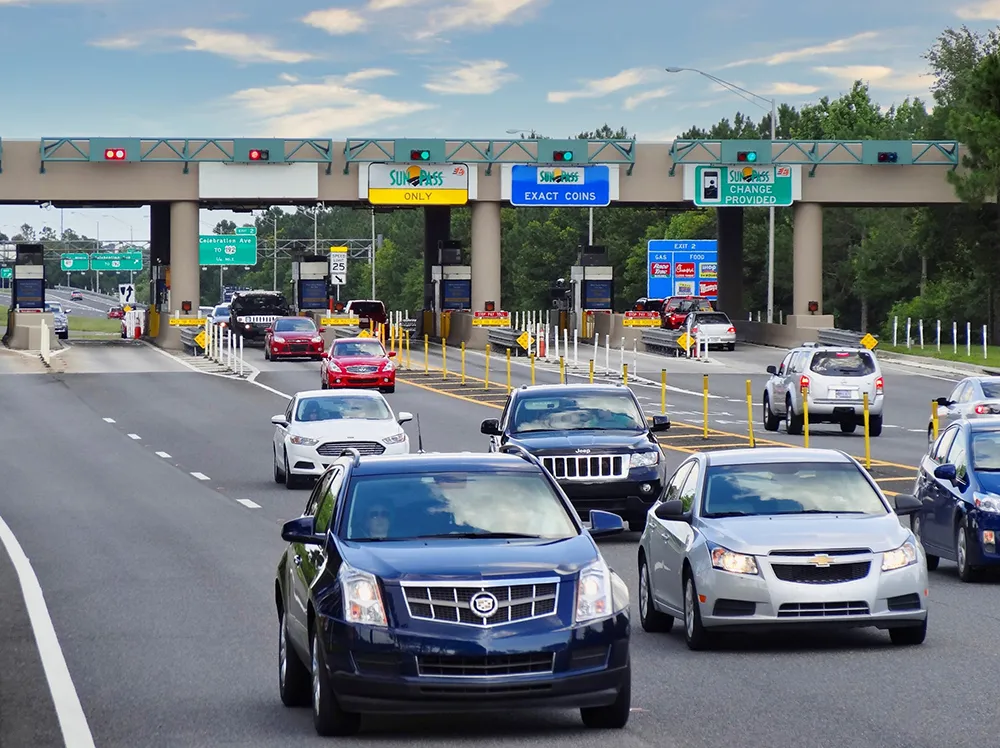German transport operator Nahverkehr Schwerin has recently taken delivery of 32 new low-floor city buses from Daimler, all equipped with integrated on-board information systems based on internet protocols (IBIS-IP) supplied by IVU Traffic Technologies.
IVU was also responsible for implementing further vehicle components, including the IVU ticket box, which is being used as the central on-board computer that networks the entire vehicle environment. It provides the connected devices such as the exterior an
December 22, 2016
Read time: 2 mins
German transport operator Nahverkehr Schwerin has recently taken delivery of 32 new low-floor city buses from 2069 Daimler, all equipped with integrated on-board information systems based on internet protocols (IBIS-IP) supplied by 8275 IVU Traffic Technologies.
IVU was also responsible for implementing further vehicle components, including the IVU ticket box, which is being used as the central on-board computer that networks the entire vehicle environment. It provides the connected devices such as the exterior and interior displays and the video recording systems with the necessary data via IBIS-IP, enabling Nahverkehr Schwerin to provide detailed passenger information in the buses. The IVU ticket box ensures an optimum connection to the control centre via LTE/VoIP, allowing real-time data, messages and other live information to be received and processed.
IBIS-IP capability ensures that services, including on-board computers, digital displays, ticket machines and radio data transmission have sufficient bandwidth for reliable data exchange. The flexible IP technology also allows Nahverkehr Schwerin to integrate additional devices quickly and easily.
IVU was also responsible for implementing further vehicle components, including the IVU ticket box, which is being used as the central on-board computer that networks the entire vehicle environment. It provides the connected devices such as the exterior and interior displays and the video recording systems with the necessary data via IBIS-IP, enabling Nahverkehr Schwerin to provide detailed passenger information in the buses. The IVU ticket box ensures an optimum connection to the control centre via LTE/VoIP, allowing real-time data, messages and other live information to be received and processed.
IBIS-IP capability ensures that services, including on-board computers, digital displays, ticket machines and radio data transmission have sufficient bandwidth for reliable data exchange. The flexible IP technology also allows Nahverkehr Schwerin to integrate additional devices quickly and easily.










